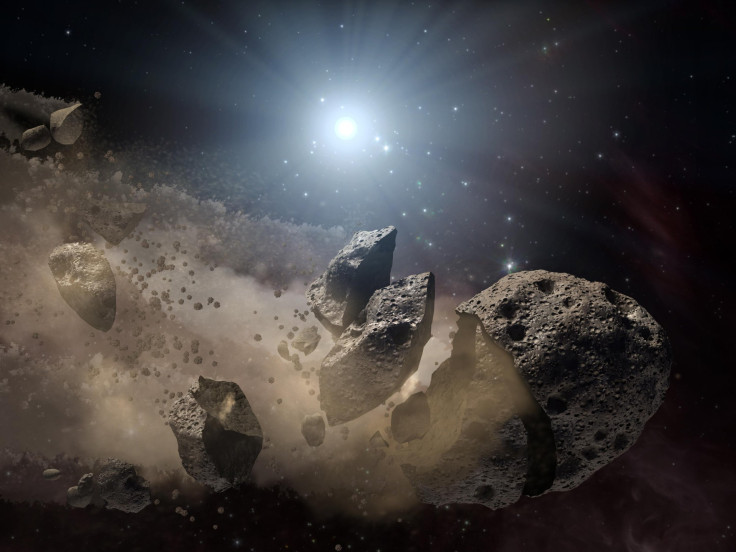NASA Asteroid Tracker: Near-Earth Object Taller Than Pyramids Will Skim Earth Today

A massive asteroid taller than the Golden Gate Bridge and nearly twice as big as the Great Pyramid of Giza is expected to have a near-collision with Earth today. Based on data from NASA’s Center for Near Earth Object Studies (CNEOS), this is the third time the same asteroid flew close to the planet within the last 20 years.
Named as 2011 HP, the asteroid has an imposing maximum diameter of 230 meters, making it significantly taller than most famous landmarks such as the Washington Monument, which only stands at about 170 meters.
According to CNEOS, the asteroid is barreling towards Earth with a speed of almost 18,900 miles per hour. Based on the agency’s data, 2011 HP is expected to approach Earth within a distance of 0.03149 astronomical units, which is around 2.9 million miles.
NASA estimated that the asteroid will fly past Earth on May 30 at 6:48 am Eastern Time.
Unlike other asteroids that only pass by Earth once every decade or century, 2011 HP is actually a frequent visitor of the planet’s surrounding area. According to the reports compiled by CNEOS and the Jet Propulsion Laboratory (JPL), the asteroid’s upcoming arrival marks the third time it will pass by Earth within the last two decades.
The last time 2011 HP approached the planet was on May 30, 2011. During this time, the asteroid was around 0.03362 astronomical units from Earth or around 3.1 million miles away. Before that, it zipped past Earth on May 15, 2003. This time, it flew much farther from Earth with a distance of 0.1287 astronomical units or roughly 11.9 million miles.
Based on JPL’s database, it seems 2011 HP’s next visit will be in May 2027. As indicated in the agency’s data of the asteroid, which spans up to the year 2184, 2011 HP will not be flying near Earth as close as today’s upcoming visit. The only time it got close to Earth prior to today’s visit was in 2011. This means that for the next 165 years, 2011 HP will not be on a collision course with Earth and the planet is relatively safe from the asteroid.

© Copyright IBTimes 2025. All rights reserved.





















